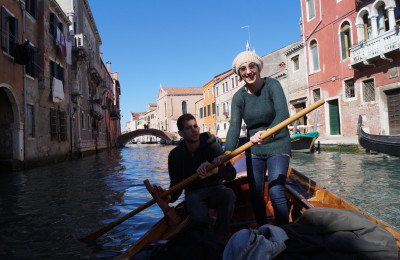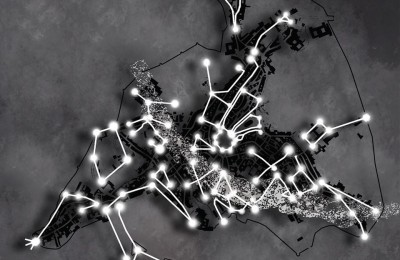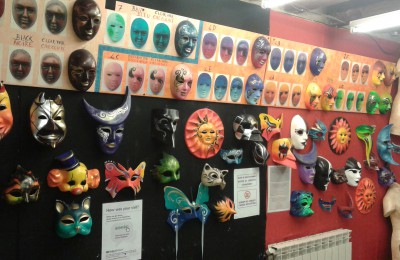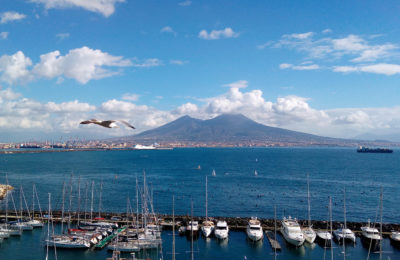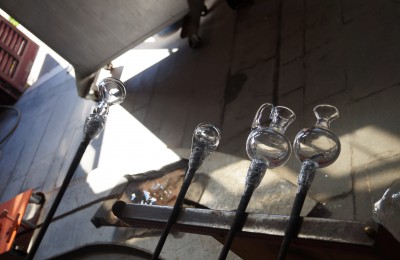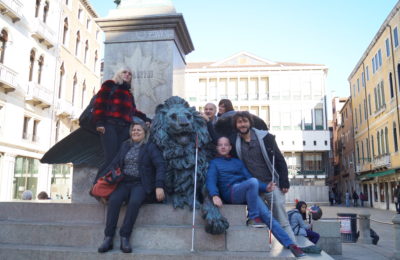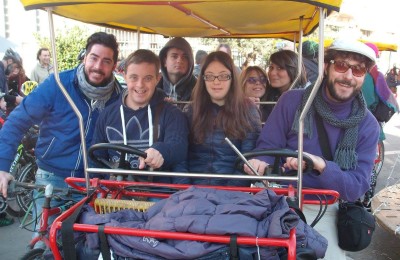This is a particular geographical area close to Turin on the border with Valle D’Aosta, and you can also reach Montebianco or Cervino mountains, in one hour.
It’s a characteristic area with Ivrea as a “capital”. You can enjoy the nature, good food, cycling, horse riding and wonderful walks for every level of preparation. We suggest this area to have a week of relax but also sport activities.
In Canavese, we organize activities, meetings, training courses and kermesse, and others by our partners. We offer logistic support, also for free time.
Ivrea “Eporedia”
«…Ivrea la bella
che le rosse torri specchia
sognando a la cerulea Dora
nel largo seno,
fosca intorno è l’ombra di re Arduino…»
(Giosuè Carducci, Piemonte vv 21-24)
Ivrea is the heart of one of the most famous morainic amphitheater in Europe, and can be a good place for staying. It’s easy to go around by public transport, due to the railway Torino – Aosta. A day trip in Ivrea is a must: this city became famous for Italian contemporary history thanks to Olivetti typewriter. It has Roman heritage and conceals beauties from different historical periods. We offer a guided tour in the heart of the old town, with its main monuments: the cathedral, the synagogue and the castle of Saint Stephen’s Tower.
In the footsteps of Olivetti
“Tecnologicamente” museum is very original: the historical museum Olivetti has got a strong educational impact thanks to its characteristic laboratory. The museum is very interactive, visitors are constantly invited to discover the old machinery operation and technologies in order to understand the evolutionary process. It is very stimulating and educational especially for the little ones. An other fascinating museum is the MAAM, an open-air museum of modern architecture, situated along the periphery of Ivrea circuit, during its visit you can enjoy the panoramic of architectural culture promoted by Olivetti. Collaborations with architects had variable duration, depending on architect’s creative talent: as you can see along the architectural path, no building resembles one other, nor in shape, nor in stylistic structure. The purpose of Olivetti, in fact, was to promote creativity in architecture, to give ample room for innovation. To safeguard what is now a fine art, it has been proposed the museum.







